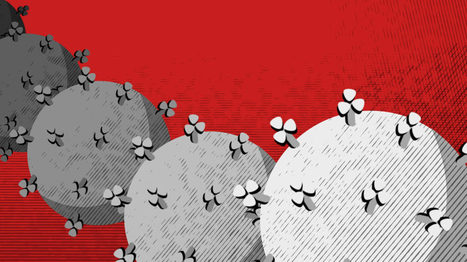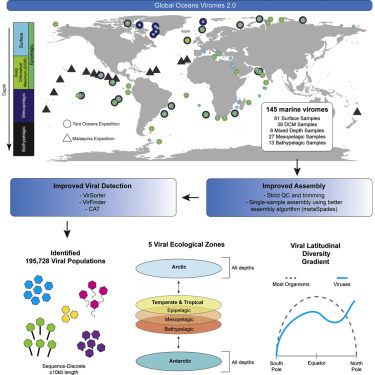The new coronavirus enters cells through a gateway called the ACE2 receptor, which has been found in organs throughout the body. The reports seemed to take doctors by surprise: The “respiratory” virus that causes Covid-19 made some patients nauseous. It left others unable to smell. In some, it caused acute kidney injury. As the pandemic grew from an outbreak affecting thousands in Wuhan, China, to some 10 million cases and 500,000 deaths globally as of late June, the list of symptoms has also exploded. The Centers for Disease Control and Prevention constantly scrambled to update its list in an effort to help clinicians identify likely cases, a crucial diagnostic aid at a time when swab tests were in short supply and typically took (and still take) days to return results. The loss of a sense of smell made the list only in late April.
“For many diseases, it can take years before we fully characterize the different ways that it affects people,” said nephrologist Dan Negoianu of Penn Medicine. “Even now, we are still very early in the process of understanding this disease.” What they are understanding is that this coronavirus “has such a diversity of effects on so many different organs, it keeps us up at night,” said Thomas McGinn, deputy physician in chief at Northwell Health and director of the Feinstein Institutes for Medical Research. “It’s amazing how many different ways it affects the body.” One early hint that that would be the case came in late January, when scientists in China identified one of the two receptors by which the coronavirus, SARS-CoV-2, enters cells. It was the same gateway, called the ACE2 receptor, that the original SARS virus used. Studies going back some two decades had mapped the body’s ACE2 receptors, showing that they’re in cells that line the insides of blood vessels — in what are called vascular endothelial cells — in cells of the kidney’s tubules, in the gastrointestinal tract, and even in the testes.



 Your new post is loading...
Your new post is loading...










